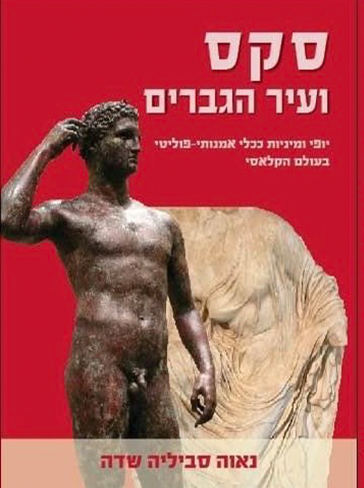Sevilla-Sadeh Nava, "Opening Raffi’s Box: Neither a Sabra, Nor a Geranium", Studies in Visual Arts and Communication – an International Journal, Vol. 4 (1), June 2017
Sevilla-Sadeh Nava, "Opening Raffi’s Box: Neither a Sabra, Nor a Geranium", Studies in Visual Arts and Communication – an International Journal, Vol. 4 (1), June 2017

The Youth from Marathon, Bronze, 330 BC, 1.3 m, National Museum, Athens. See photo in: Robertson, A Shorter History of Greek Art, fig. 198; Stewart, Greek Sculpture, figs. 497, 499.
Public Domain: https://commons.wikimedia.org/wiki/File:NAMA_X15118_Marathon_Boy_3.JPG
As an artist distinctively identified with the currents of conceptual art, Raffi Lavie (1937-2007) was one of the most influential artists on the Israeli art scene during the 1970s and 80s, and also represented Israel at the 53rd Venice Biennale. Although much has been written on his artistic work, it has remained enigmatic, given that his signifiers are deliberately vague. Lavie’s case was defined by the historian of Israeli art, Gideon Ofrat, as “Raffi’s Box”, in equivalence to the mythological Pandora’s Box, as an issue ostensibly not to be decoded. This study examines four collages created by Lavie from the beginning of the 1980s, composed of photos of Classical images. The accepted interpretations have conceived these images as declaratively meaningless and as worthless pieces of history; from the premise that all that remains from the Classical past is but a lexicon of banal and depleted images. The argument underlying the present study is that, rather, these very images are the signifiers of the abstract meaning claimed of Lavie’s work, as contended by most of his commentators, and even expressed by him in a certain way. This research, which belongs to the field of Classical Reception Studies, offers a critical analysis achieved via a deconstructive methodology, according to which the Classical images are conceived as a supplementary or parasitic text within the main text, present in order to reaffirm the accuracy of the latter.



